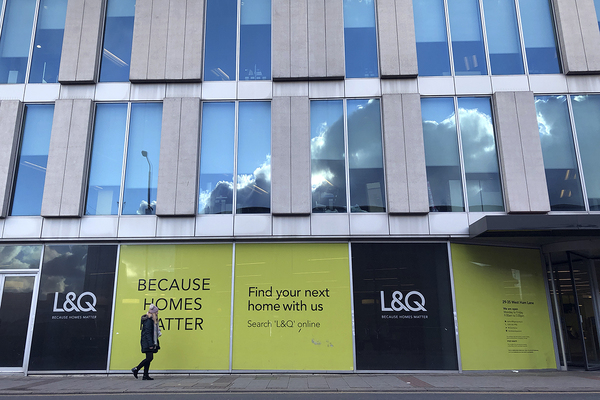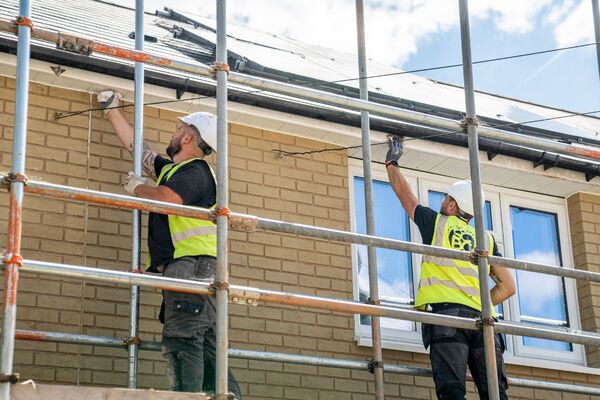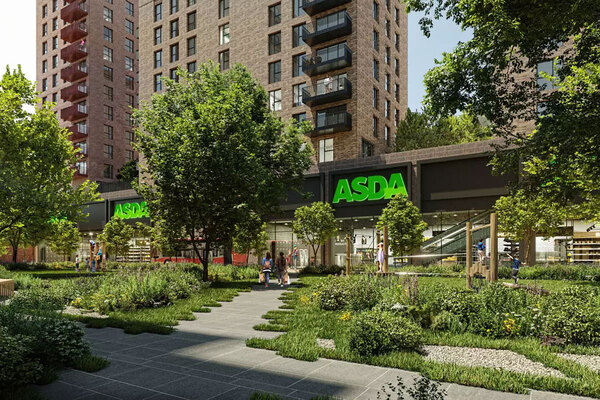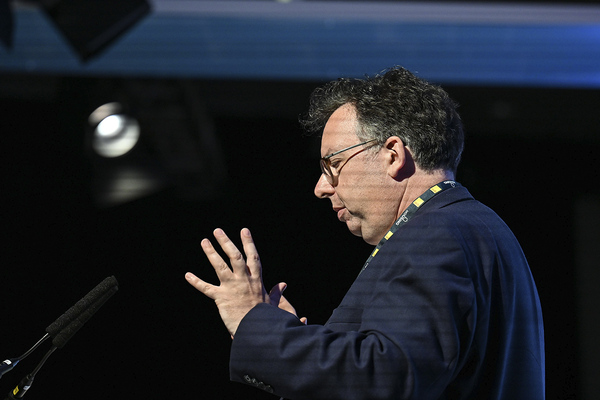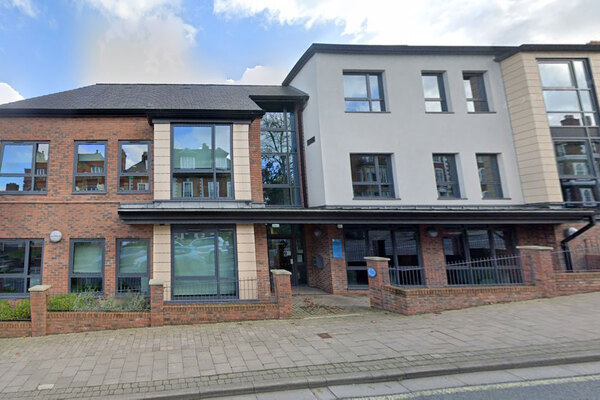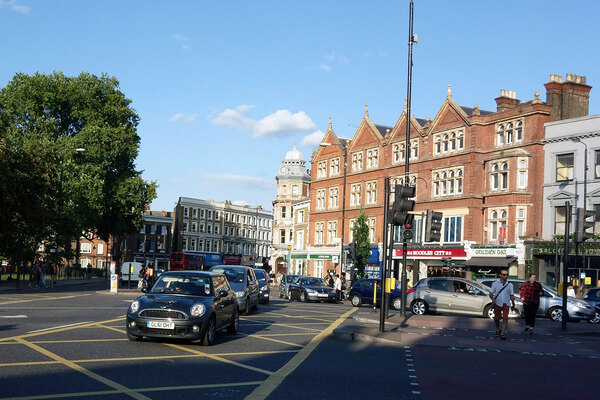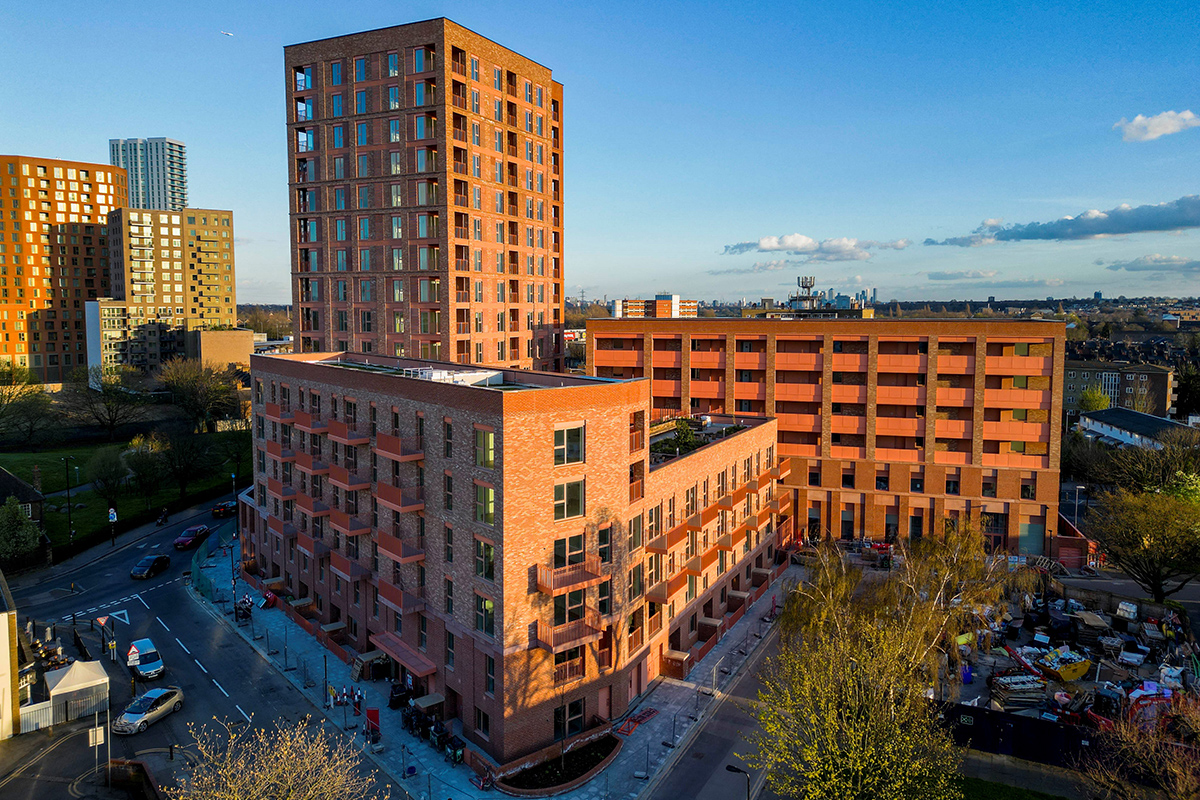You are viewing 1 of your 1 free articles
 Jules Birch
Jules BirchSocial messages
 Jules Birch
Jules BirchSome good news for Housing Day: it seems more people say yes to new social housing than say yes to new homes in general.
A fascinating Ipsos MORI poll published this morning reveals that 58% of people support ‘more social housing being built in my local area’. That compares with 22% who oppose it.
That’s a surprisingly positive result in itself given the steady flow of negative media stereotypes. And the balance only falls slightly to 55:24 when social renters are excluded.
However, support is also significantly higher than the 47% saying yes to ‘more homes being built in your local area’ in a survey of public attitudes to housebuilding published by the DCLG in July. That was hailed by housing minister Brandon Lewis as evidence that ‘nimbyism is on the wane’ and he was right: between 2010 and 2013 opinion shifted from 46:28 opposition to new homes to 47:31 support.
So what’s going on? The DCLG figures come from the British Social Attitudes Survey 2013 so it’s possible that the Housing Day poll reflects a general growth in support for new homes this year. However, the 58% support comes despite widespread concern about the impact of poverty porn on public perceptions of social housing.
Challenging the stereotypes created by programmes like Benefits Street with alternative positive stories was one of Housing Day founder Ade Capon’s five aims for this year’s event. Perhaps more people are resistant to the dubious charms of Love Productions than we thought: 60% agree that the negative view of people who live in social housing is unfair.
Beneath the headline message, the Housing Day poll reveals a mix of strong support for some of the main aims of social housing but also some real confusion about how it works. Around half of those polled admit they know not very much or nothing at all about how social housing is allocated and who lives in it.
The public think councils and housing associations house roughly three times more people than they actually do. In England, the proportion of social renters is believed to be 42% when it is actually 15%. They also significantly over-estimate the proportion of social tenants who are 24 or under. It’s put at 31% in the poll but is actually 12%.
The message is more mixed when it comes to comparisons between social and private renting. Social renting is seen as the most affordable form of housing by 69% of people with just 10% saying private renting. Social renting is also seen as the most suitable housing for vulnerable people by 61:15.
However, private renting wins by 53:20 on having the best choice and 42:25 on the best quality and (surprisingly to me given all the campaigning on short-term tenancies) by 33:19 as the best place to bring up a child.
Overall, social renting only just edges it as the best form of renting by 36:35. When social renters are excluded, private renting wins by 39:31.
There are also some interesting results when it comes to the traditional arguments for social housing:
- Affordability: 81% agree that social housing is important because it helps people on lower incomes get housing that wouldn’t be affordable in the private rented sector
- Tackling poverty: 67% think social housing plays an important role
- Mixed communities: 80% think social housing should be available to people who cannot afford private rents as well as to the most vulnerable.
Against that, relentless government propaganda seems to have had an impact: 41% of those polled disagreed that ‘social housing discourages those who rent in this way from improving their personal situation’ but 31% agreed. With social renters excluded, 42:31 disagreed.
So what should we take from all this? The good news is that there seems to be more support for social housing and the aims behind it than I might have expected given the media and political backdrop. The less good news is that things may be changing beneath the surface: people under 45 rate private renting higher than social renting whereas it’s the other way round for older people.
All of which reinforces my thinking about Housing Day. Today’s flood of tweets and pictures and videos is brilliant and they show a real appetite within the sector to communicate a positive message about social housing. However, the really important thing is to go beyond talking to each other and reach out and convey the message to people outside the sector. They’re already more positive than you may believe.
If you need any reminder of the urgency, have a quick read of the latest report from Policy Exchange published (I assume by coincidence) today. The central proposal is for ‘free’ housing associations in a grant-free future. That’s free from regulation of rents, sales, allocations and with a buy-out of historic grant. It’s a more sophisticated and voluntary version of previous Policy Exchange proposals but it still seems part of the end game for social housing to me.
Ipsos MORI polled 1,1997 adults in England, Scotland and Wales between 24 October and 2 November. The poll was conducted on behalf of a consortium of housing associations led by Yorkshire Housing and including the Joseph Rowntree Foundation. Detailed results including a breakdown between England, Scotland and Wales are available from the Ipsos MORI website.
